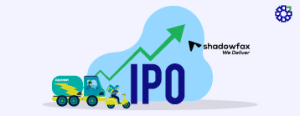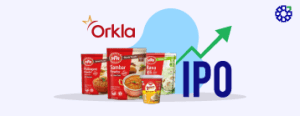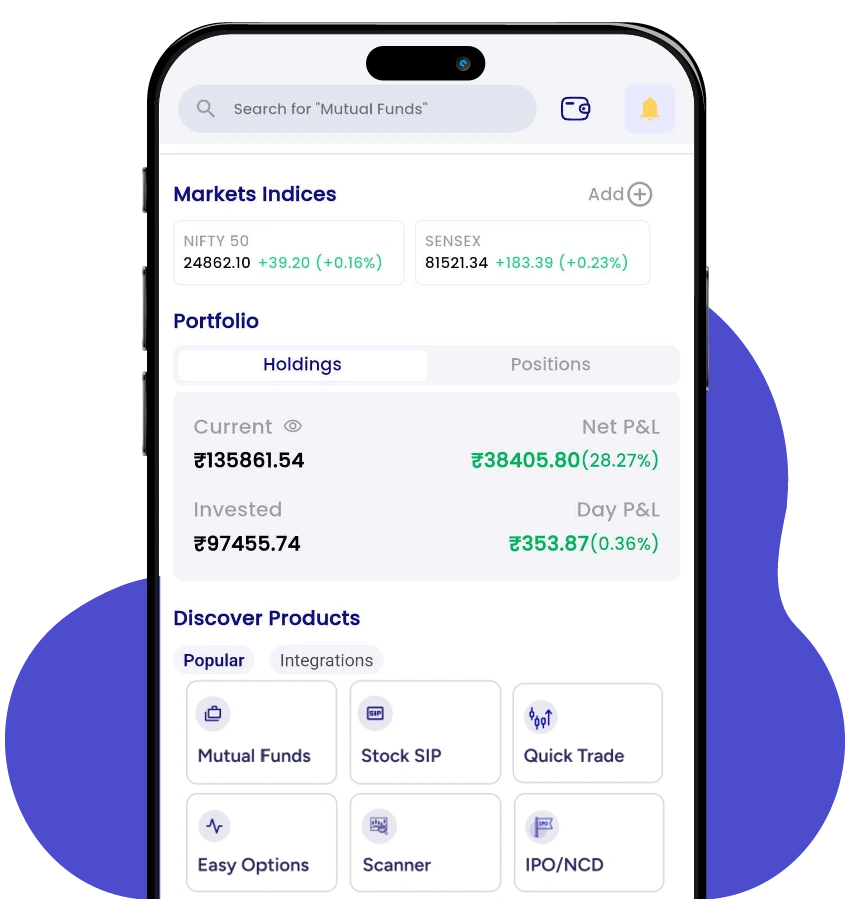Refining Margins Under Pressure: PL Capital on What’s Driving BPCL, IOCL, HPCL Stock Performance in 2025
- 23rd July 2025
- 01:00 PM
- 4 min read
Mumbai | July 23 – Global refining demand is stagnating, new capacity continues to come online, and the so-called “golden age of refining” appears to be fading. In its latest oil & gas thematic report, PL Capital argues that Indian oil marketing companies (OMCs) are no longer thriving on refining spreads, but rather on robust marketing margins and strategic sourcing of crude.
Refining Supply Up, Demand Flat
PL Capital’s research shows that global refined product demand is expected to hover at around 85.9 million barrels per day (mnbopd) through 2030, up only slightly from 85.6 mnbopd in 2024. The rise of electric vehicles (EVs)—now accounting for 22% of global new car sales, with China leading at 48%—is eating into petrol consumption, which is forecast to decline at a CAGR of -0.6%. Diesel demand is projected to remain flat.
Meanwhile, national oil companies (NOCs) are aggressively expanding capacity. Global refining additions are expected to total 2.6 mnbopd by 2030, led by countries such as China, Iran, and India. This excess capacity, against flat demand, is expected to depress gross refining margins (GRMs) and reduce utilization to 77%, down from 78% in 2024.
Indian OMCs: From Barrels to Margins
In contrast to the global picture, Indian OMCs—Indian Oil Corporation (IOCL), Bharat Petroleum (BPCL), and Hindustan Petroleum (HPCL)—are staying profitable by capitalizing on their fuel marketing operations. Gross marketing margins (GMMs) have surged in FY26 year-to-date:
- Petrol: ₹11.7 per litre
- Diesel: ₹9.4 per litre
This compares to normalized levels of ₹3–3.5 per litre. According to PL’s analysis, a fall of $1/bbl in GRM can be offset by a ₹0.4–₹0.7/litre increase in GMM, depending on the company.
“Refining is no longer the main earnings driver,” said Swarnendu Bhushan, Head of Research at PL Capital. “The OMC story now rests on marketing leverage, crude sourcing, and cost control.”
Russian Crude Imports Provide Tailwind
Indian refiners also benefit from discounted Russian crude, which has accounted for up to 40% of India’s total crude imports in recent quarters. Despite tightening European sanctions on Russian refined products, India’s access to low-cost supply has remained unaffected, helping OMCs protect their GRMs relative to global peers.
Valuations May Have Peaked
Despite the strong performance in marketing, PL Capital sees limited upside in current valuations:
- HPCL is trading at 1.5x its long-term average P/BV of 1.1x
- BPCL is at 1.6x—its historical mean, but no longer supported by upstream premium
- IOCL is slightly above its long-term average of 1.0x
Unless Brent crude falls sustainably below $70 per barrel—allowing further margin expansion—or LPG under-recoveries are compensated, the brokerage believes the risk-reward is skewed.
PL Capital’s Stock Recommendations
- Sell: Hindustan Petroleum (Target Price: ₹360)
- Reduce: BPCL (₹311), IOCL (₹138)
- Buy: Oil India (₹566) – benefits from upstream exposure
- Accumulate: MRPL (₹152) – entering specialty chemicals (isobutylbenzene pilot)
- Accumulate: Reliance Industries (₹1,555) – O2C only 17% of value; Retail, Jio, and New Energy drive growth
Capex Is Rising, But So Are Risks
Indian OMCs continue to commit to large-scale investments:
- IOCL: ₹972 billion across Panipat, Koyali, Barauni
- BPCL: ₹1.7 trillion into refining, petrochemicals, and gas
- HPCL: ₹770 billion into renewables, biofuels, and EV infrastructure
PL Capital cautions that returns from these projects will depend on stable marketing margins and policy support. Q1FY26 LPG under-recoveries stood at ₹136 per cylinder, with no announced compensation.
The Shift Is Structural, Not Cyclical
PL Capital believes this is not just a cyclical downturn in refining, but a structural transformation. As global demand plateaus and margins weaken, Indian OMCs will increasingly rely on marketing efficiency, feedstock strategy, and cost control.
For investors, the takeaway is clear: the next phase of value creation in oil & gas will not come from barrels refined—but from how profitably they’re sold.





